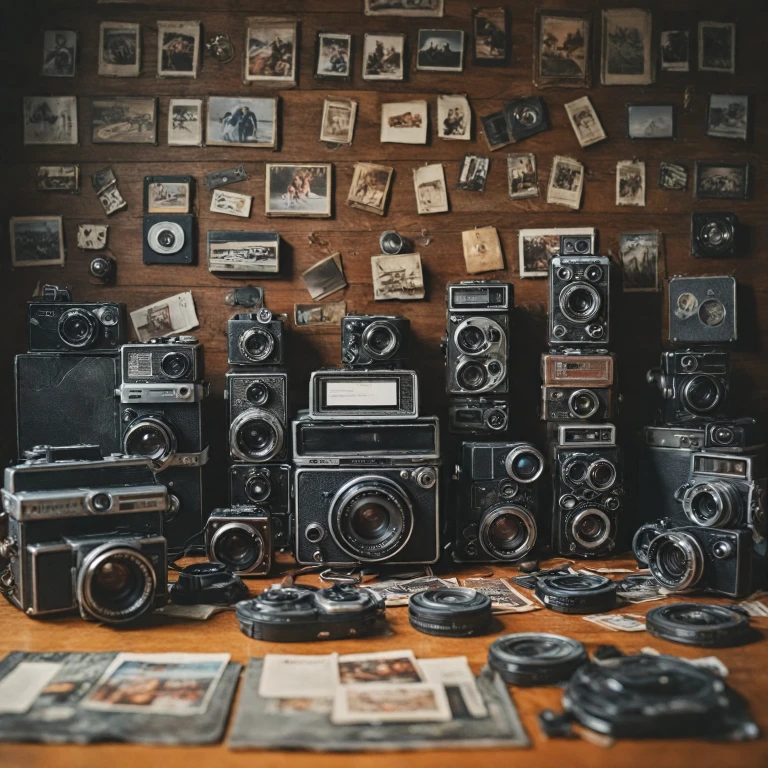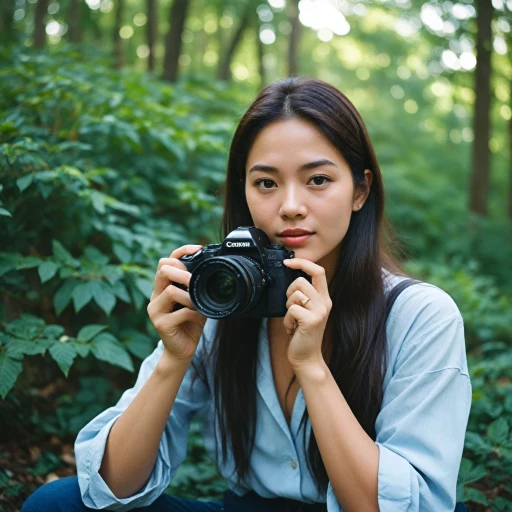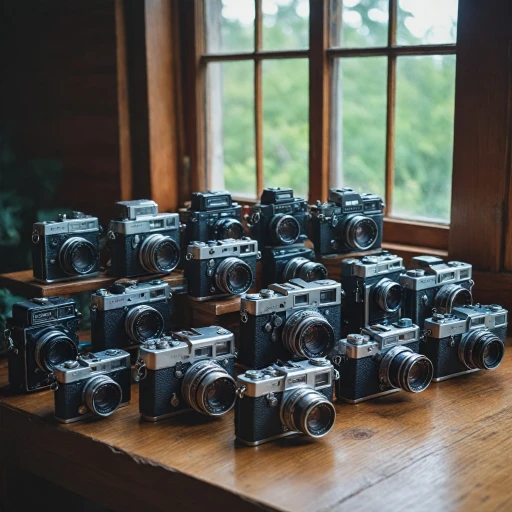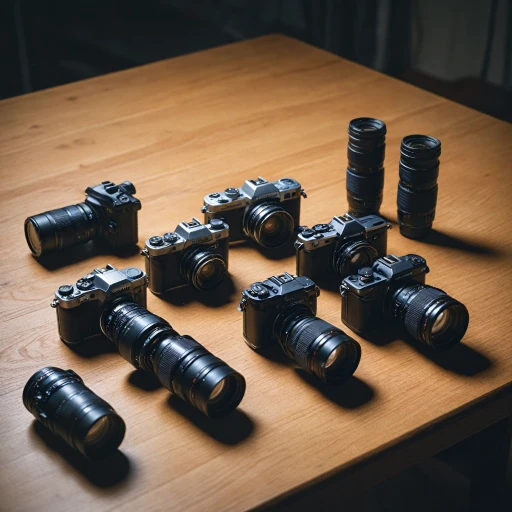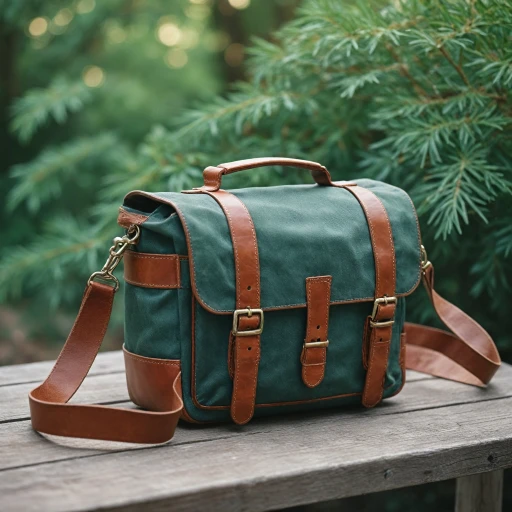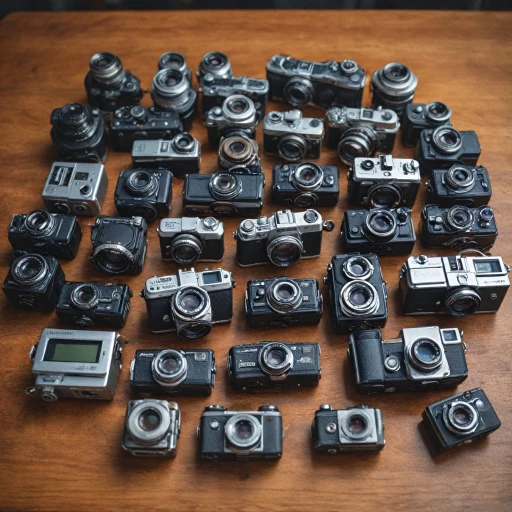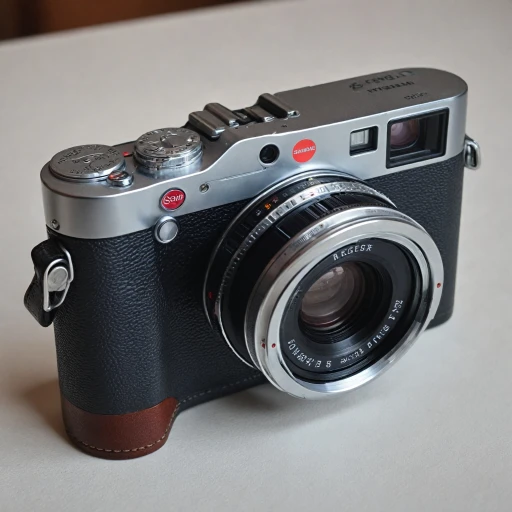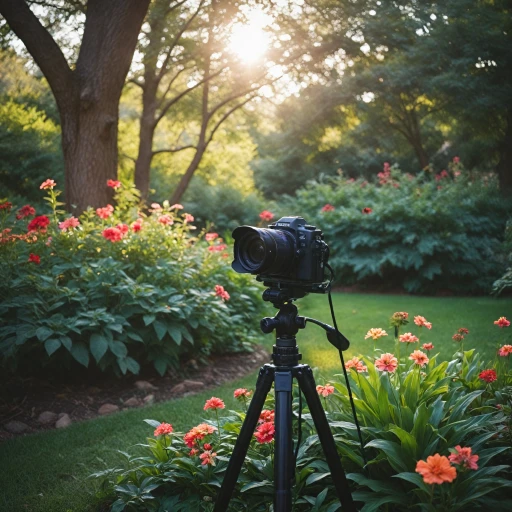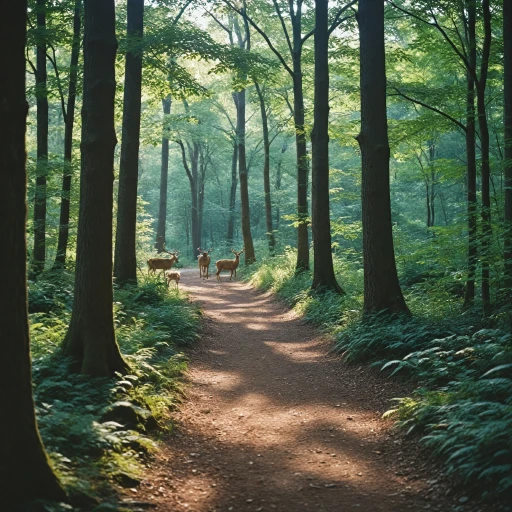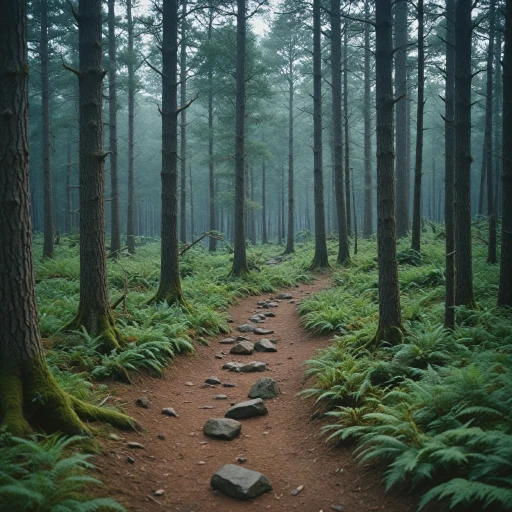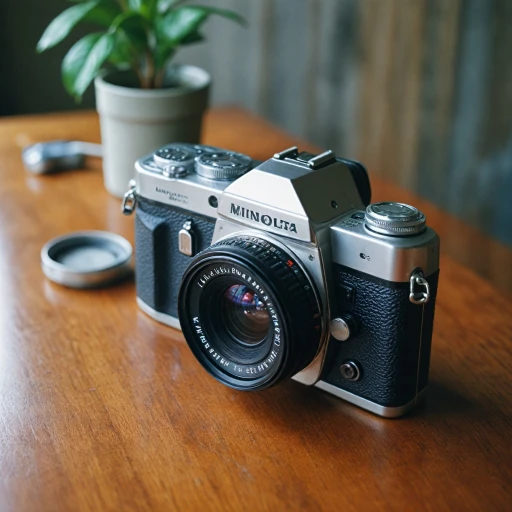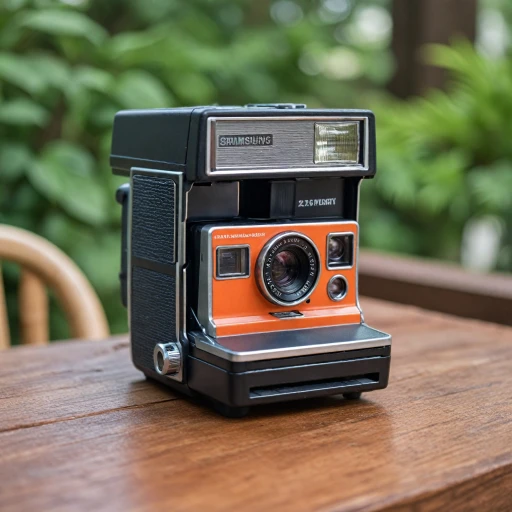
Understanding 35mm Film Camcorders
The Legacy of 35mm Film Camcorders
In the realm of photography and motion picture filming, 35mm film camcorders have long stood as a symbol of quality and artistic potential. These cameras tap into the rich history of film, offering a medium format that brings out vibrant colors and dynamic contrasts that digital cameras often strive to emulate. From capturing the warmth of color negative film to the timeless elegance of black and white imagery, the art of shooting with these devices allows for a level of expression that resonates with enthusiasts and professionals alike.
Why Choose 35mm Film?
The decision to work with a 35mm film camcorder often hinges on a few key factors. The "look" of film, with its unique grain and depth, appeals to those who appreciate the nuanced beauty of analog photography. Film cameras like those from Kodak or Leica are valued for their durability and the quality of images they produce. Many find working with film to be a more immersive experience, allowing for a deliberate pace that sharpens one’s skills in composition and understanding of light.
Cost and Accessibility
Despite the digital age, buying and maintaining a film camcorder is still accessible. Many options are available at a regular price or as pre-owned items, particularly brands like Nikon, Canon, and Pentax. The flexibility in price and availability makes it possible for hobbyists and budding professionals to delve into film photography without breaking the bank. There's also the allure of owning a piece of history, not to mention the pleasure of collecting these iconic devices.
The Equipment You’ll Need
Getting started with a 35mm film camcorder isn’t just about the camera itself. A good camera lens, whether a zoom lens or standard, plays a pivotal role in image quality. An adaptable lens mount ensures compatibility across various cameras, providing flexibility in choosing the best lenses for specific shooting needs. Brands like Bell Howell offer cine cameras with optimized capabilities for film motion pictures, enhancing the creative scope for filmmakers.
The Artful Experience
Using a 35mm film camera is more than a technical choice; it's a commitment to artistry in its purest form. With options like medium format and half frame, photographers and videographers can explore a range of creative possibilities. The tactile process of handling film, understanding exposure, and waiting for the film to develop imparts a deeper appreciation for the images captured. For those curious about how point and shoot cameras fit into this spectrum, exploring options for enthusiasts can provide further insights and inspiration.
Film cameras live on as a beloved tool, not just for their history but for the continued relevance of their unique offerings to the field of photography. This enduring allure will surely persist even as digital alternatives evolve and dominate the market.
The Art of Shooting with 35mm Film
The Timelessness of Film Photography
Diving into the world of film photography offers an artisanal experience, distinct from the digital age's quick snapshots. Engaging with it requires a thoughtful approach to capturing images, appreciating nuances in color negative and black and white film. Renowned brands like Kodak and Pentax have long been favored for their remarkable color reproduction and image quality.
Essential Tools and Techniques
Shooting with film demands a solid understanding of the mechanics of the film cameras. Cameras from Leica to Canon offer diverse models ranging from the compact point & shoot to more sophisticated SLR film formats. Each model has its unique feel, often influencing the photographer’s style and results.
Choosing the right camera lens is crucial, whether it's embracing the flexibility of a zoom lens or the classic reliability of a fixed lens. The lens mount also informs the compatibility and range of lenses available to budding photographers. For those interested in motion picture formats, classic cine cameras like Bell Howell provide a vintage challenge.
Film Format and Composition
Experimenting with different film formats, from the expansive medium format to the unique half frame, allows photographers to explore varied compositions. Understanding how to leverage these formats enhances the standard film photography experience, delivering impressive frames and authentic colors. Moreover, the precision required in framing shots on film sharpens a photographer's proficiency and skill.
Film camcorders also offer the luxury of experimenting with black and white or vivid colors, with each choice influencing the price and aesthetic of photos captured. This deliberate process of selection adds to the charm and value of film photography, drawing enthusiasts into its fold.
For those seeking more insights on compact options for film exploration, consider referencing compact film camera options.
Technical Aspects of 35mm Film Camcorders
The Mechanics of 35mm Film Camcorders
Exploring the nuts and bolts of 35mm film camcorders provides insight into their distinct technical composition. This area of cinematography is grounded in tradition and expertise, yet uniquely appealing in an era where digital reigns supreme.- Film Format and Frame Rate: The 35mm format remains a standard in both photography and motion picture production due to its rich color and image quality. Typically, these cameras operate at a frame rate of 24 frames per second, a pace considered pleasingly cinematic.
- Camera Lenses: The depth and breadth of film come alive with the choice of camera lens. Traditional brands like Leica, Pentax, Canon, and Nikon produce lenses that deliver precise and vibrant captures, supporting a range of styles from the nostalgic black and white to vibrant color negative film.
- Mechanical Operation: Unlike their digital counterparts, 35mm film cameras, such as the bell howell, operate mechanically. This means film cameras often avoid automation, relying instead on the manual skills of photographers and directors, which some consider the true "art of shooting."
- Film Cameras and Price Tag: When evaluating costs, film cameras may seem intimidating at first glance. However, options such as pre-owned models or those with regular price reductions can ease the burden. Factor in the operational costs, such as shipping and processing film, which might influence the overall price sale.
- Camera Body and Accessories: The versatility of 35mm camcorders expands with add-ons like zoom lens adaptations and unique frame setups, such as the half frame and medium format. These features cater to personalized cinematographic projects, enhancing standard and creative expressions.
Comparing 35mm Film and Digital Camcorders
Analyzing Film vs. Digital Camcorders
The ongoing debate between 35mm film camcorders and digital counterparts is a fascinating exploration of technology and artistry. While film cameras like those iconic models from Nikon, Canon, and Leica evoke nostalgia and offer unique photographic experiences, digital cameras appeal through convenience and modern capabilities. But how do they really stack up against each other?
Film cameras have long been cherished for their color rendition and depth, particularly in the realm of black and white imagery. Brands like Kodak have dominated the market with their exceptional film options, catering to both medium format and half frame enthusiasts. The allure of film photography lies in its inherent unpredictability and the excitement of waiting for the perfect shot to be developed.
On the other hand, digital camcorders offer instant gratification and flexibility with their ability to provide high-resolution images and ease of use. With cutting-edge zoom and camera lens technology from manufacturers such as Pentax and Canon, digital options are continually evolving to deliver superior image quality at a competitive price point.
Technical Divergences
Technically, film camcorders typically require a more hands-on approach. Selecting the appropriate camera film and understanding film cameras settings is crucial in achieving the desired photographic effect. Ever popular cine camera models from Bell Howell and others demand a certain level of expertise to master the medium's intricacies.
Digital camcorders, however, offer a more user-friendly experience. With various shooting modes, from auto to manual, they cater to both novices and seasoned photographers alike. Features such as image stabilization and digital zoom represent a major leap forward, making digital video photography accessible to a broader audience.
Cost Considerations
Cost is another significant factor distinguishing film and digital camcorders. While the initial investment for a digital model might seem higher, the perpetual need for camera lenses, processing, and shipping of film rolls adds up over time for film enthusiasts. Conversely, digital storage simplifies this process and can result in long-term savings, even when considering occasional sales or pre owned options available on the market.
In conclusion, the choice between 35mm film and digital camcorders often boils down to personal preference and shooting style. Whether you're drawn to the traditional charm of film or the practicality of digital, both choices offer a unique set of advantages worth exploring further. As technology and preferences evolve, so too might these considerations. For those eager to delve deeper into the intricacies and benefits, there are abundant resources available to aid in your quest.
Preserving and Digitizing 35mm Film Footage
Steps to Effectively Preserve Your 35mm Film Footage
Preserving and digitizing 35mm film footage is crucial for maintaining the quality of your captured moments. With technology advancing, understanding how to protect these physical files while transitioning them into digital formats helps to ensure their longevity.Storage Solutions for Film
Store your film correctly by considering the following recommendations:- Ensure films are kept in a cool and dry environment to prevent degradation.
- Aim to use archival-quality storage solutions. Materials that are acid-free and have the standard Kodak specifications are ideal.
- Refrain from exposing films to direct sunlight, as it can fade the color and damage the image.
Digitization: Transforming Physical to Digital
Transitioning 35mm film into a digital format allows for easy sharing and long-term preservation:- Invest in a high-quality scanner capable of capturing every detail of your frame. Brands like Nikon and Canon offer models specifically for film photography enthusiasts.
- Consider using services that provide free shipping and promise the best results for your digital conversion. These services often offer professional-grade conversion, giving you a premium outcome at a reasonable price.
- Opt for techniques that convert both black and white, and color negative films effectively into digital forms without loss of quality.
Long-term Considerations for Film Footage
Once digitized, maintaining your digital files is paramount:- Back up your digitized files on multiple media, including cloud storage and external hard drives, to protect against potential loss.
- Regularly update file formats to avoid obsolescence, ensuring that your media is always accessible.
- Invest time in documenting metadata, like the date of shooting and camera used (e.g., film camera or cine camera), to retain the original context and importance of the footage.
The Future of 35mm Film Camcorders
Embracing the Timeless Appeal of 35mm Film Camcorders
As we look to the future of 35mm film camcorders, it's essential to acknowledge their enduring charm and relevance in the world of filmmaking. Despite the digital revolution, these cameras continue to captivate enthusiasts and professionals alike. The tactile experience of handling a film camera, the anticipation of developing film, and the unique aesthetic of film photography are irreplaceable.
Film's Unique Aesthetic and Its Place in Modern Cinema
Film cameras, like those from Kodak and Leica, offer a distinct color palette and texture that digital formats often struggle to replicate. The color negative and black and white film options provide filmmakers with a range of expressive possibilities. This is why many directors still choose to shoot motion pictures on 35mm film, valuing its ability to capture images with depth and warmth.
Technological Advancements and Hybrid Solutions
While digital cameras from brands like Nikon and Canon dominate the market, there's a growing interest in hybrid solutions that combine the best of both worlds. Some modern cine cameras are designed to accommodate both digital and film formats, offering flexibility in shooting and editing. This trend is particularly appealing to those who appreciate the classic look of film but require the convenience of digital technology.
The Market for Pre-Owned Film Cameras
The demand for pre-owned film cameras is on the rise, with enthusiasts seeking out models like the Pentax SLR film cameras and Bell Howell cine cameras. These cameras, often available at a regular price or on sale, provide an affordable entry point into film photography. The availability of free shipping from online retailers further enhances their appeal.
Preservation and Digitization: Bridging the Gap
As discussed earlier, preserving and digitizing 35mm film footage is crucial for maintaining its legacy. Advances in technology have made it easier to convert film to digital formats, ensuring that these images can be enjoyed by future generations. This process also allows filmmakers to integrate film footage into digital projects, blending the old with the new.
Looking Ahead: The Future of Film in a Digital World
While digital technology continues to evolve, the allure of 35mm film camcorders remains strong. The future may see more innovative solutions that cater to film enthusiasts, such as improved camera lenses and mounts that enhance the shooting experience. As long as there is a passion for the art of film photography, these cameras will continue to hold a special place in the hearts of creators worldwide.
